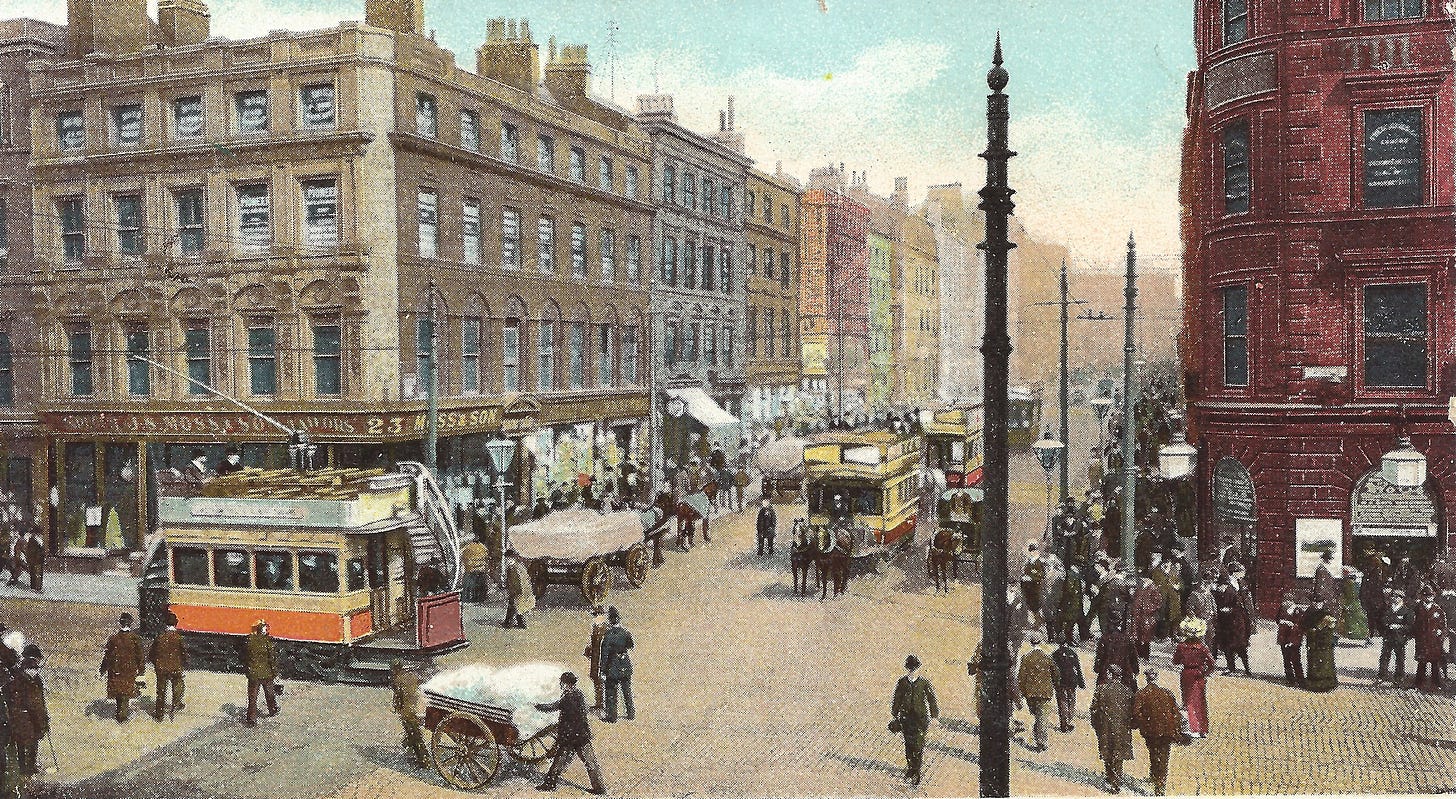I grew up in Manchester and, when I started researching crime history, I was delighted to have the opportunity to delve into my home city’s colourful past.
In the nineteenth century Manchester was one of the most dangerous places to live, with grinding poverty and staggering crime rates. The Industrial Revolution had brought tremendous wealth for businesspeople and factory owners but, for thousands of others, life was tougher than ever and they were forced to resort to desperate measures to survive.
The towns of northwest England had been the centre of cotton production since the eighteenth century and by the 1790s, 70 per cent of the British cotton industry was located in Lancashire and Cheshire (it would reach 90 per cent by 1835). With its well-developed network of warehouses, manufacturing skills and early transport system of canals and then the railways, Manchester became the epicentre of trade and well deserved its nickname of ‘Cottonopolis’. During the early 1800s, the first industrialised city in the world experienced a massive population explosion as workers flooded in to find employment in the factories and mills. In 1801 the number of inhabitants was 76,788 but 50 years later, it had more than quadrupled to 316,213. It was estimated that in 1841 alone, some 40,000 migrants were arriving every week by horse-drawn coach and train. Most of these newcomers were forced to live in some of the worst accommodation in the country and endured atrocious conditions at work.
Keep reading with a 7-day free trial
Subscribe to The Detective's Notebook to keep reading this post and get 7 days of free access to the full post archives.




